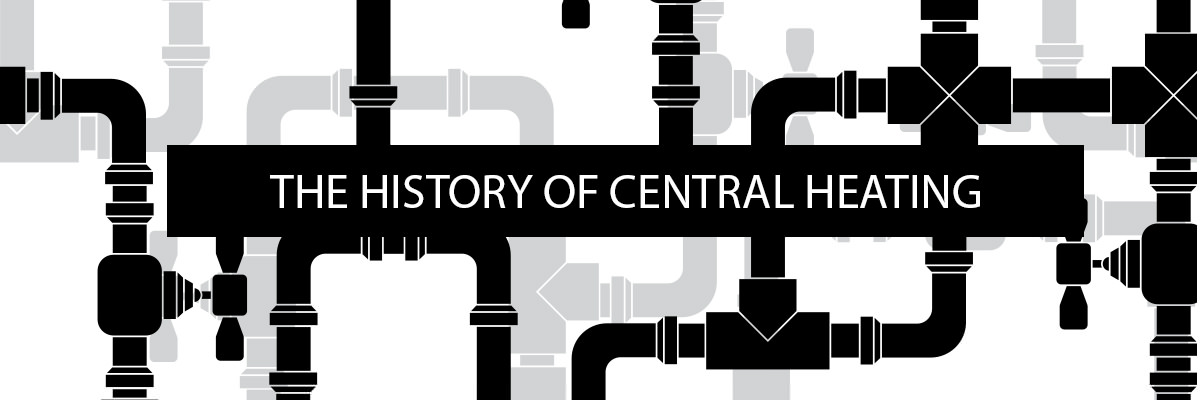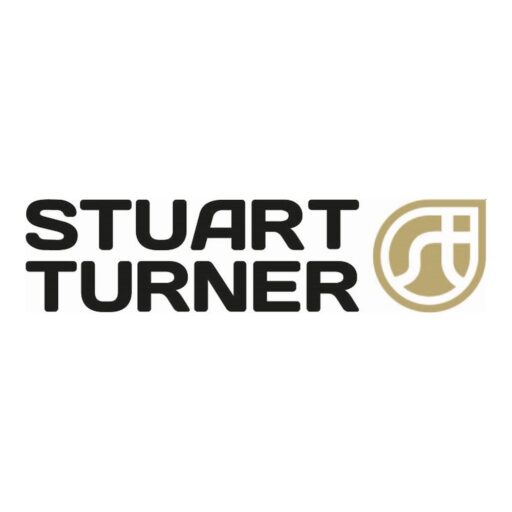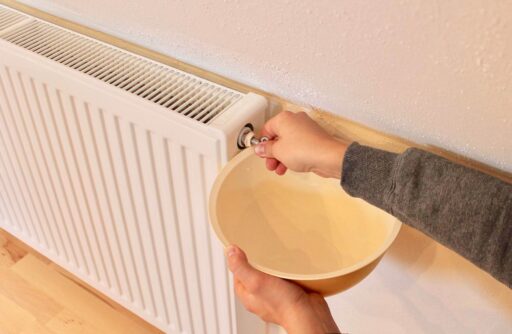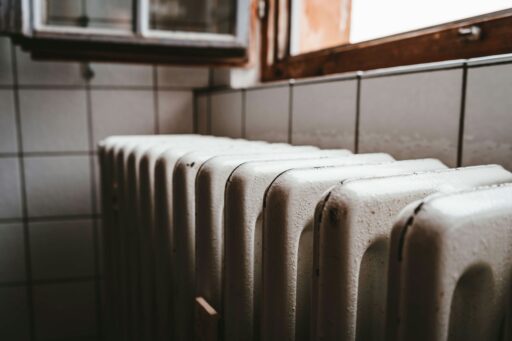Today we take our central heating systems for granted, but it wasn’t always like that. Our modern systems with efficient boilers and central heating pumps are designed to keep our properties as warm as we like, but they have developed substantially from the initial models. Here we take a look at the development of central heating, from the early Roman methods through to the systems we benefit from today.
Early Heating Methods
The Romans were the first to invent any form of heating as far back as 15AD. Hypocaust, as the system was called, used a furnace to create hot air that then went along channels under the floor and pipes within the walls to generate heat. This type of heating created better living conditions and was the start of the development of central heating.
19th-Century Developments
Once the Roman Empire collapsed, the use of central heating largely came to an end, and homes generated heat through the use of individual fireplaces. Over the next thousand years, there was very little central heating in existence. It wasn’t until the 1830s that mass-produced systems that used steam were introduced.
These were initially created by Angier March Perkins, who was an American based in the UK. His first customer was the then Governor of the Bank of England, who wanted to keep his home warm to enable him to grow grapes.
Radiators were first introduced in Russia in 1855, and this is when we see the start of central heating as we know it today. Thomas Edison then went on to invent the electric heater in 1883, and by 1896 there were solar water heaters in existence.
Central Heating Pumps in the 20th Century
There were further developments in central heating systems during the middle of the 20th century. Robert C Webber came up with a direct exchange ground source pump towards the end of the 1940s.
Central heating started to be installed within new homes from the mid-20th century. Today very few homes don’t have any form of central heating. Our modern systems combine radiators, a boiler and central heating pumps. Radiators are designed as a feature of the room now rather than a bulky appliance, and there are designer, slim and vertical styles to choose from.
21st-Century Heating
We now benefit from far more advanced heating systems than those early Roman models. The technology that we use within central heating pumps and other components allows the system to run as efficiently and effectively as possible. This enables us to have lovely warm homes while at the same time helping to keep our energy usage in check.
Engineers are constantly looking at ways of improving our central heating systems to make them more efficient and cheaper. We are now seeing the use of more renewable sources of energy, such as solar and wind. They are considered a more viable option than they were a few years ago, and this is an area that will see significant changes in the coming years.





